Cat-Themed Percent Task Cards Activity
This blog post contains Amazon affiliate links. As an Amazon Associate, I earn a small commission from qualifying purchases.
I teach three periods of Algebra 1, and these classes have really been struggling. So, I’ve been trying something new. I’m trying to spend one period per concept on notes and practice problems. I want to give my students exposure to different ways questions can be posed and show them how to correctly set up their problems. Then, instead of quizzing on the next day, I’ve been giving them some sort of activity to do in a group for half of the period before the quiz.
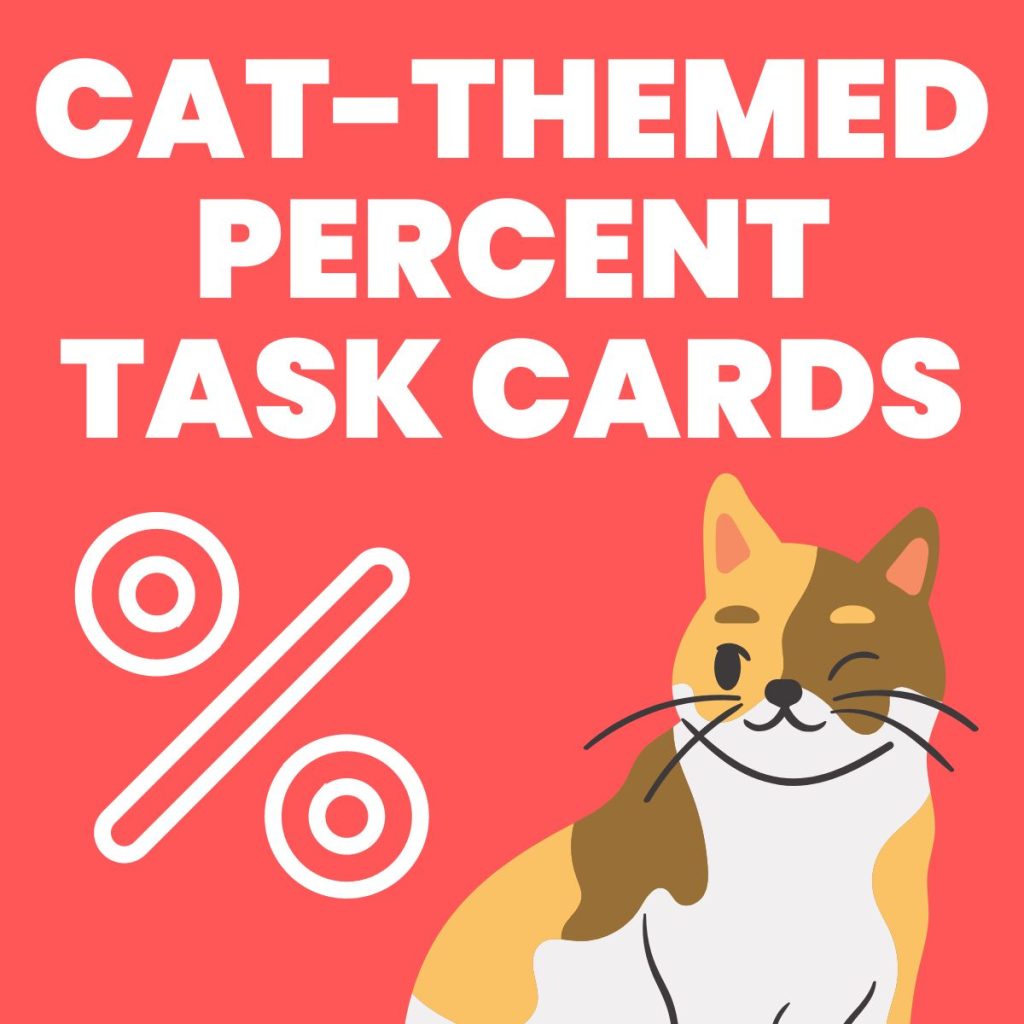
For review type topics, it’s been working well. Now that we’re getting ready to delve into functions, some ideas will take much more than one lesson to flesh out!
I’m basing this concept off of some of the EOI questions released by the Oklahoma State Department of Education. The standards say they need to solve two and three step problems involving percent. I don’t have any further guidance on this other than these two sample questions:
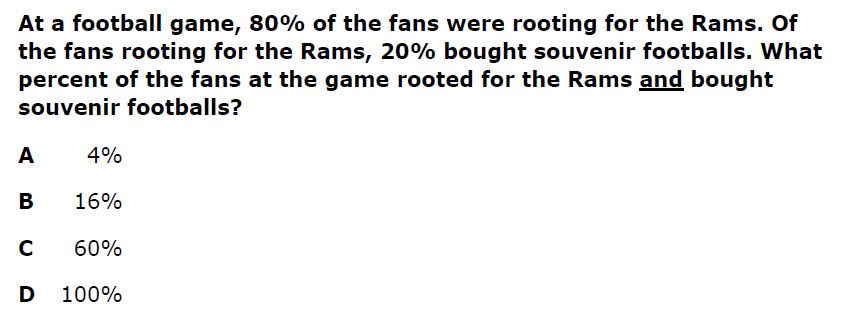

To help my kiddos practice questions like these, I made up a set of percentage problems for students to work through in their groups. The kids are always giving me grief about being a crazy cat lady, so I decided to write cat themed percentage questions. Let the record state that I own zero cats. 🙂
Here are the questions I wrote:
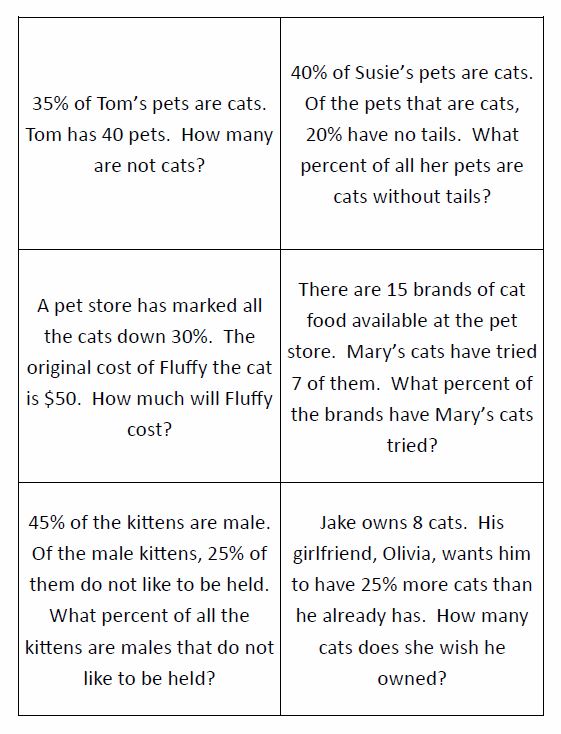
I was shocked that none of the kids called me out on writing all of the questions about cats. I did overhear several conversations about the craziness of some of the scenarios. My students totally think Jake should dump Olivia because she is C.R.A.Z.Y. And, they can’t imagine kittens that don’t like being held.
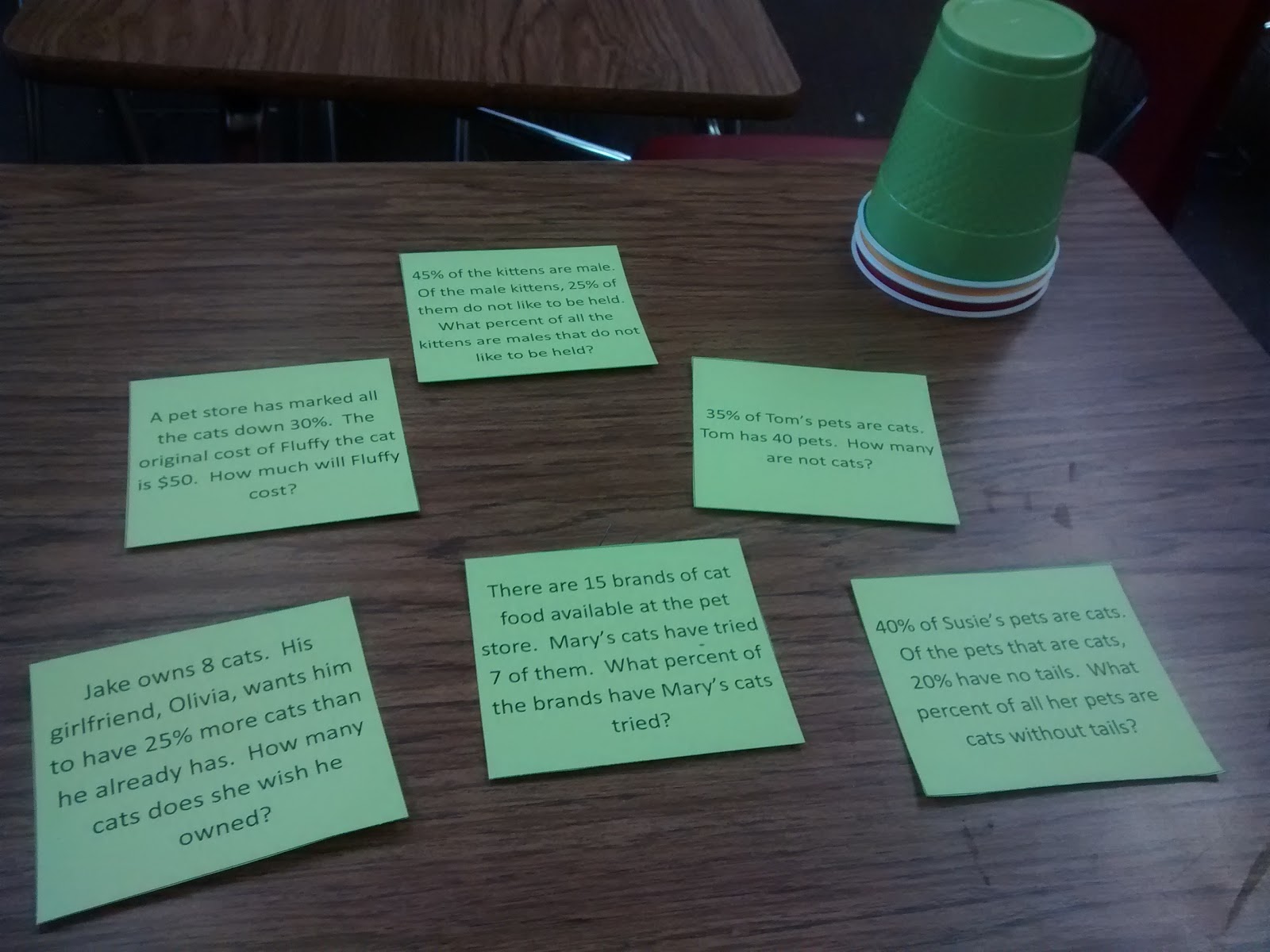
I put students in groups and gave each group a bag of cards. I seriously do not know what I would do as a teacher without ziplock bags. I use them for everything!
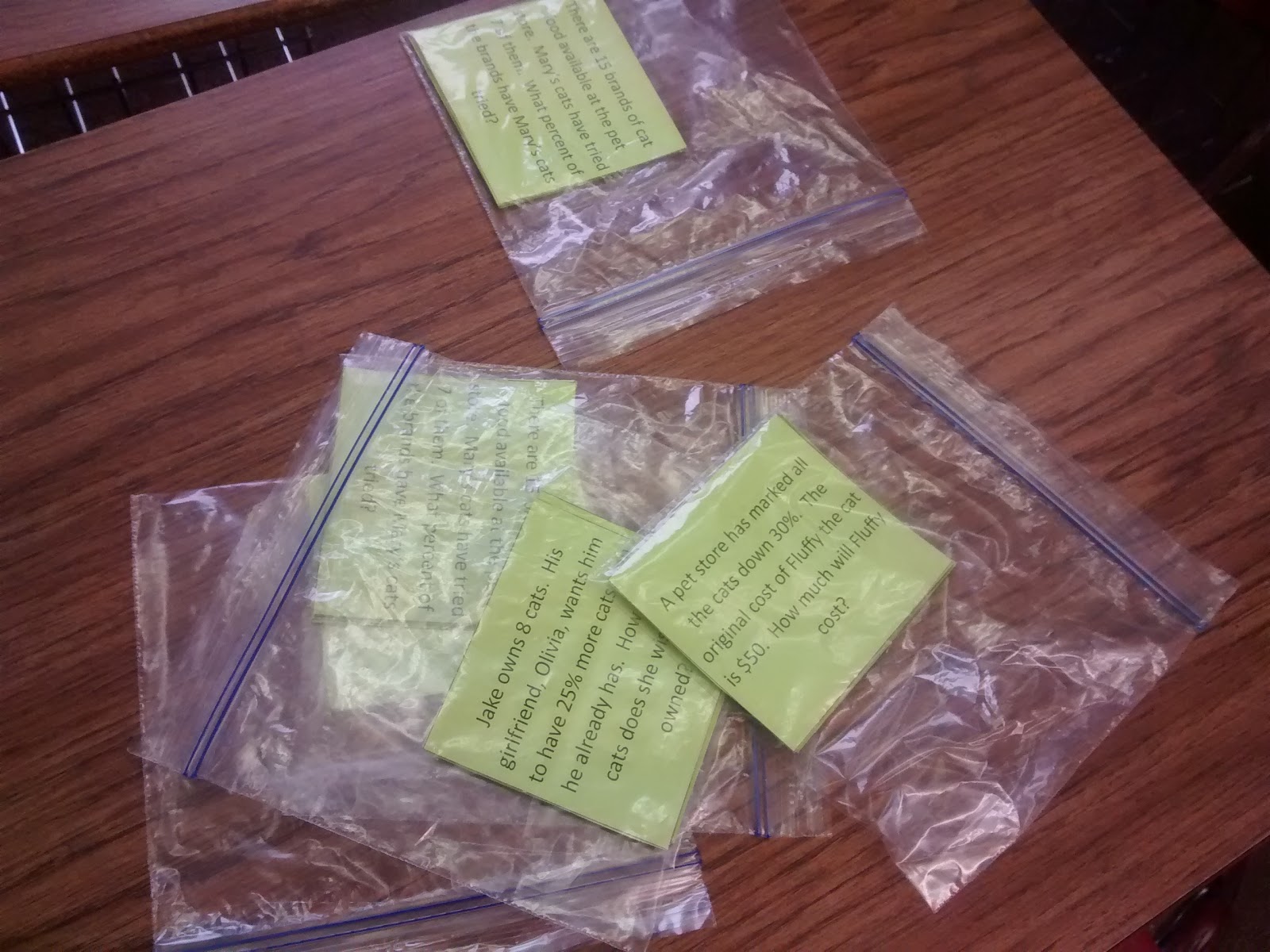
First, I had my students sort the cards in their group by how many percentages they were dealing with. I gave them four problems involving one percentage and two problems involving two percentages.
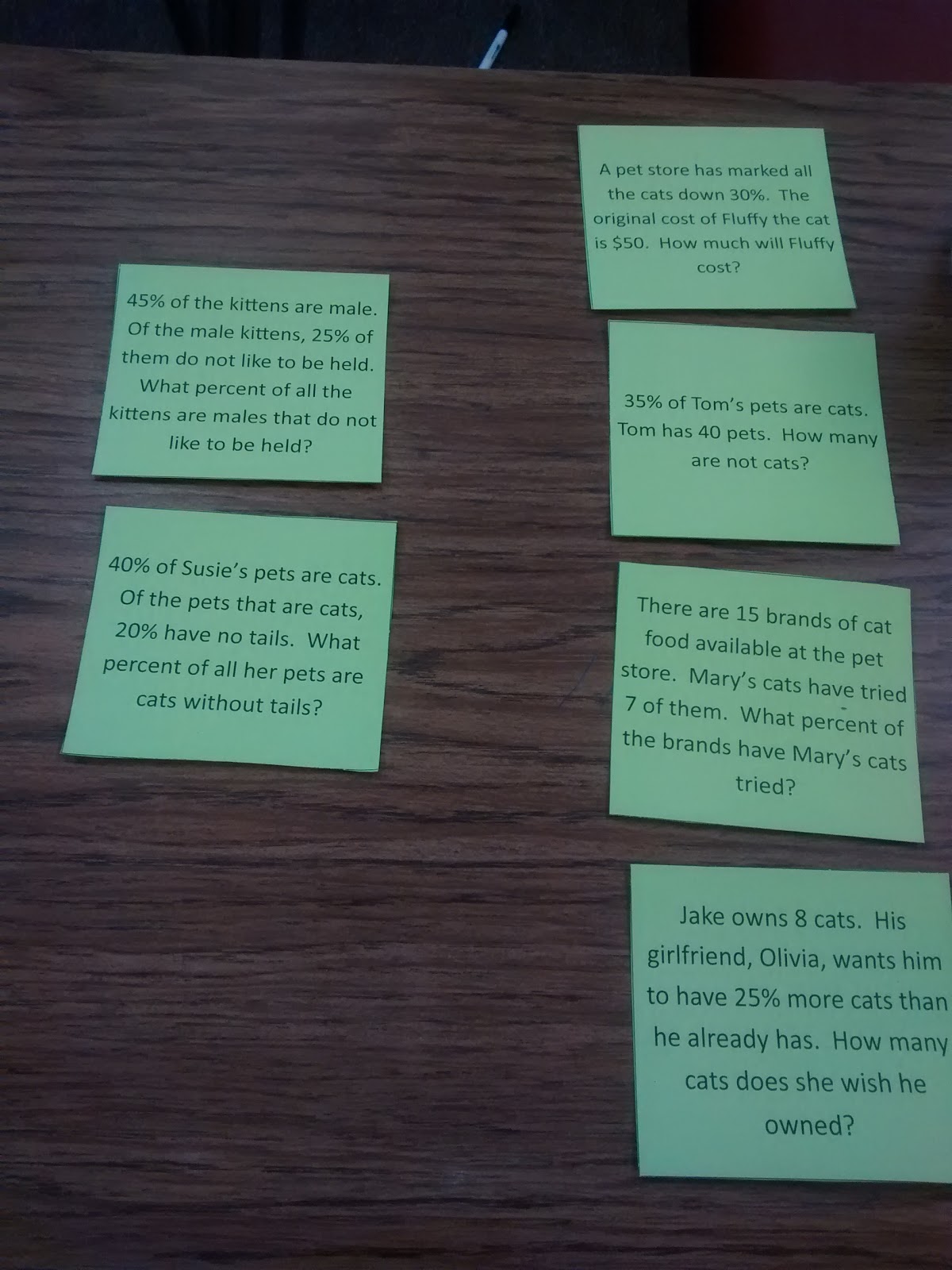
Each group also got one and only one dry erase board. For each problem, the group had to pick a person to be in charge of writing. Only that student could write on that problem. With each new problem, the person writing had to change. I am doing to to try to avoid my students’ tendency to let one student in the group do all the work. And, I believe that it promotes communication skills and math talk in my groups.
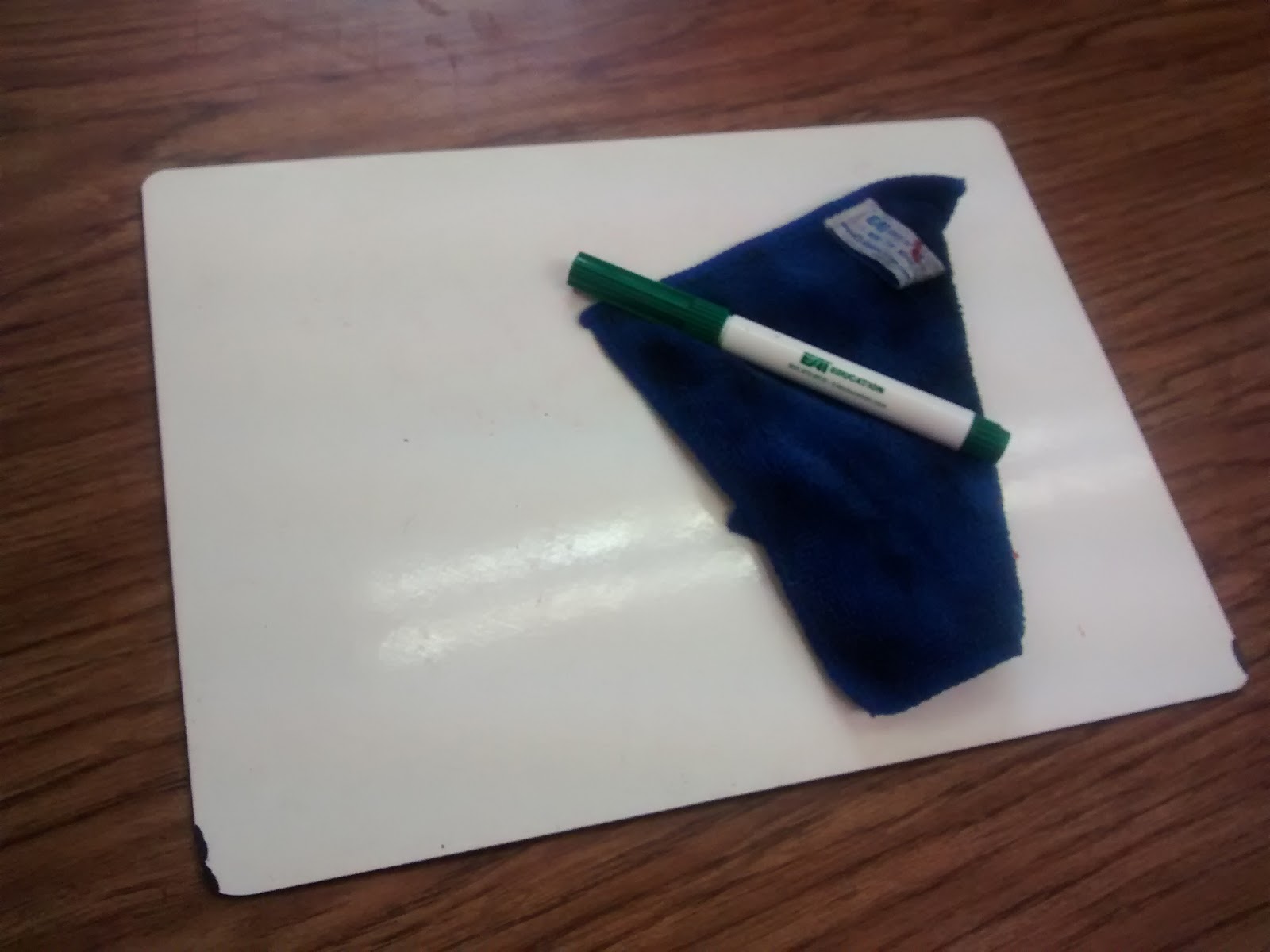
After the group solved the problem and arrived at the solution, they had to send one student to the solution center to check. I wrote out the solutions on colored index cards that I got from Dollar Tree this summer. On the unlined side of the cards, I wrote a keyword from the different story problems. On the lined side of the cards, I wrote the solution.
Each group had to send a person to check the answer with the caveat that the person checking the answer could not be the same person who did the writing for that problem.
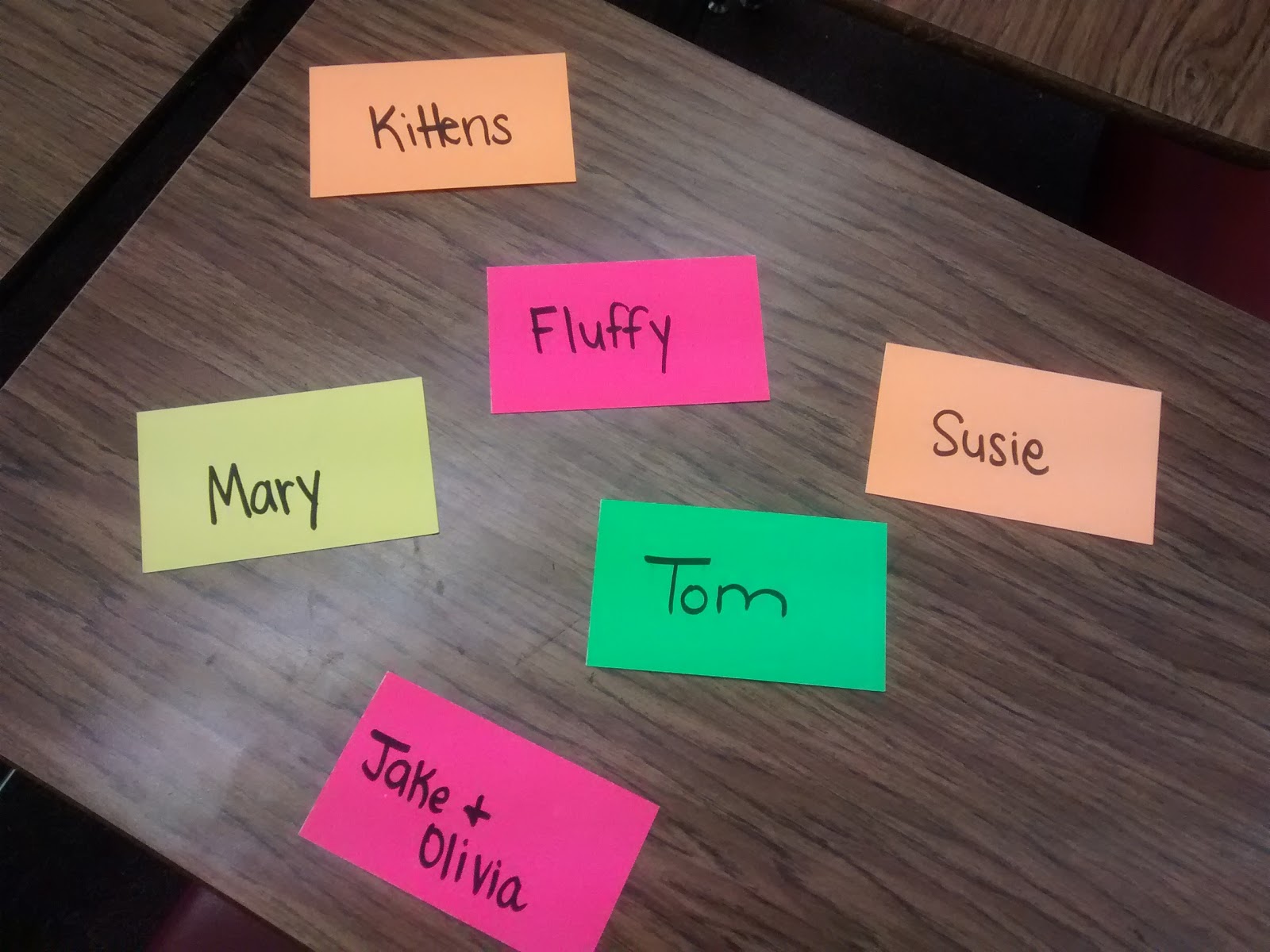
This student would go back to the group and tell them that they got the answer right and could move on to the next problem or that they got the answer wrong. If they got the answer wrong, they were allowed to tell their group what the correct answer was. Then, the group had to work together to figure out where they went wrong.
More often than not, the students had worked the problem correctly. They just hadn’t paid attention to exactly what the question was asking of them. They would solve for how many were something instead of how many were not something. I intentionally wrote problems that were tricky in this way so that students would get extra practice with close reading. The questions they face on their end-of-instruction exam are going to be tricky, as well.
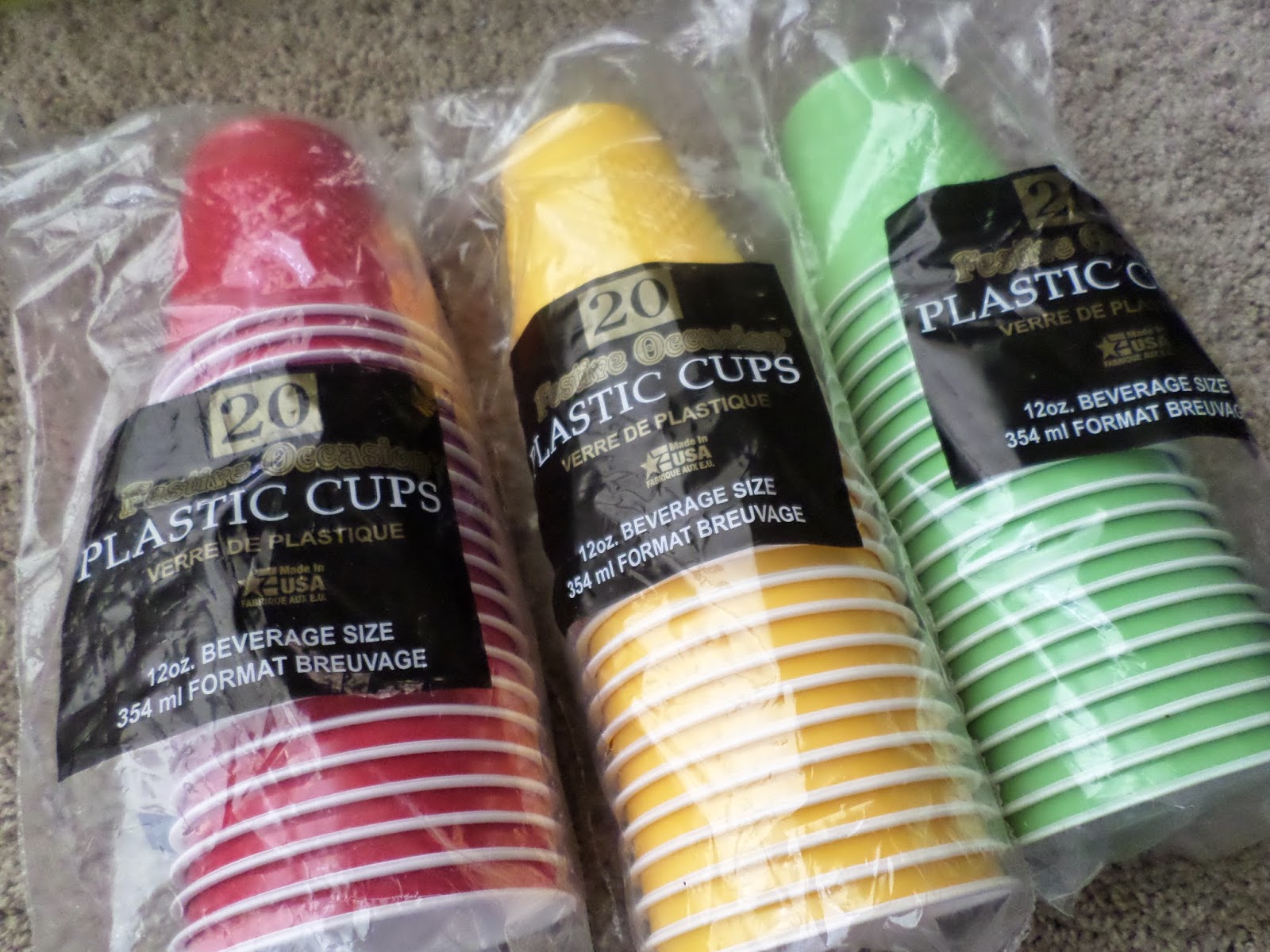
If groups got stuck at any time, they had a stack of cups on their desk. One red cup, one yellow cup, and one green cup. I explain the cups to them in this way: If I see the green cup, I know your group is working well. I might stop by to eavesdrop, but I’ll more than likely leave your group alone to do your thing. If I see a yellow cup, I know you have a question for me, but you feel like you can keep working until I can make it over to your group. If I see your group has a red cup, I know I need to drop everything and rush over to help because you are at a total stand still.
Oh, and one last picture. Here’s the answer checking station I set up in my classroom. I just propped up the cards on the tray of my dry erase coordinate plane board. These colorful cards immediately caught the eyes of many students when they walked in my room, and they couldn’t wait to figure out what they were all about.
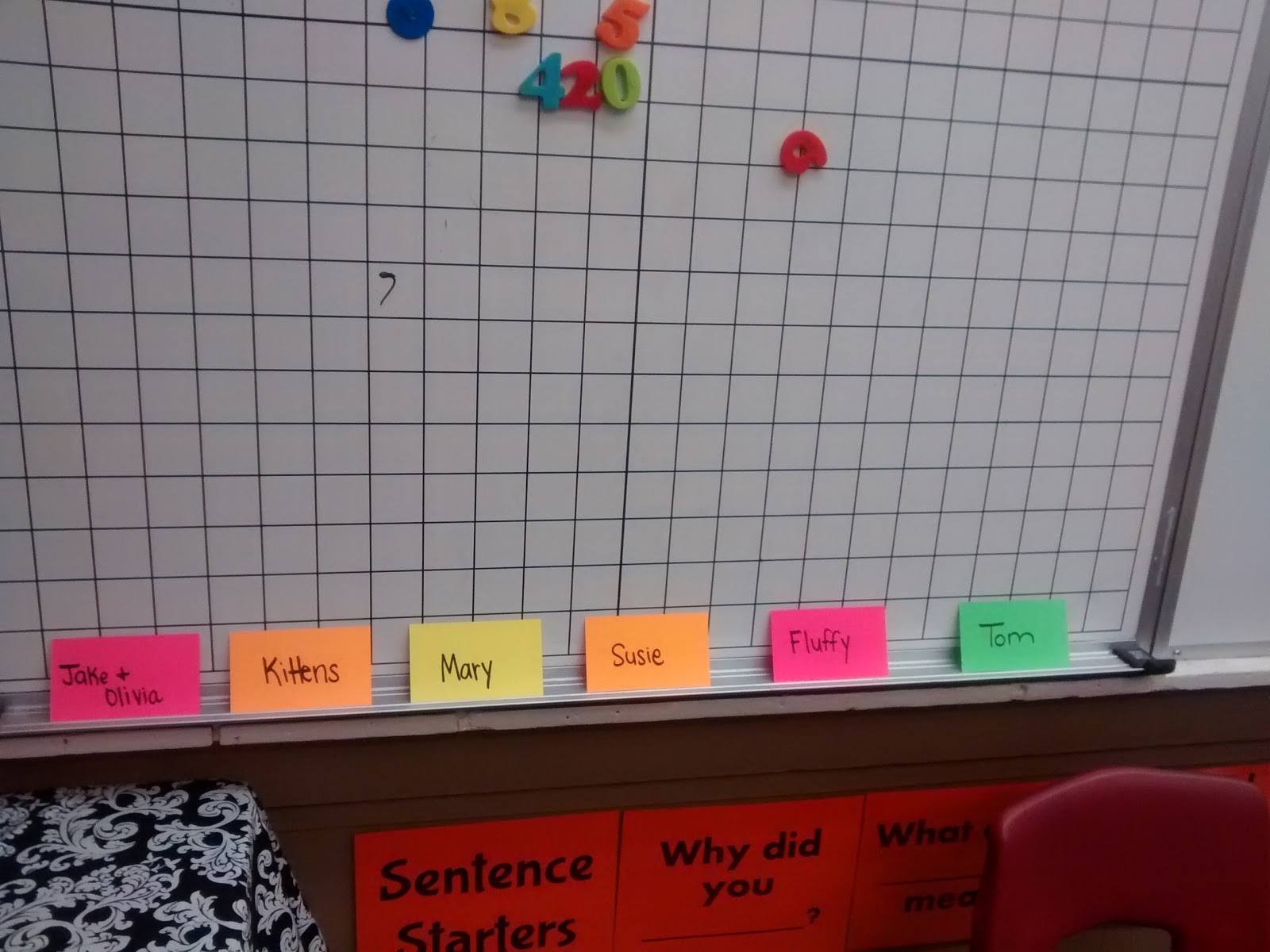
Free Download of Cat Themed Percentage Task Cards Activity
Click here to Download
Cat Themed Percentage Task Cards (PDF)
1743 downloads – 191.49 KB

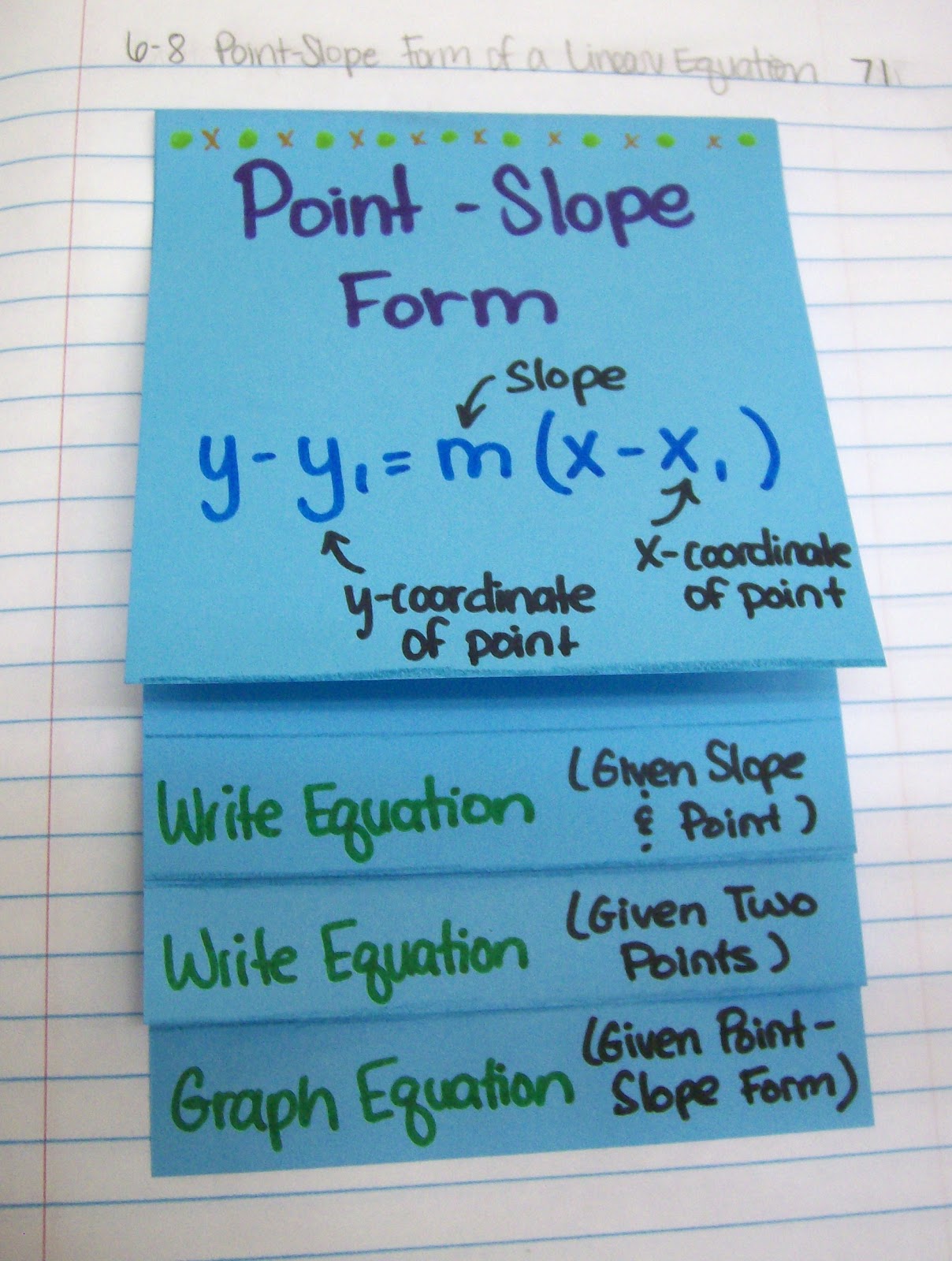
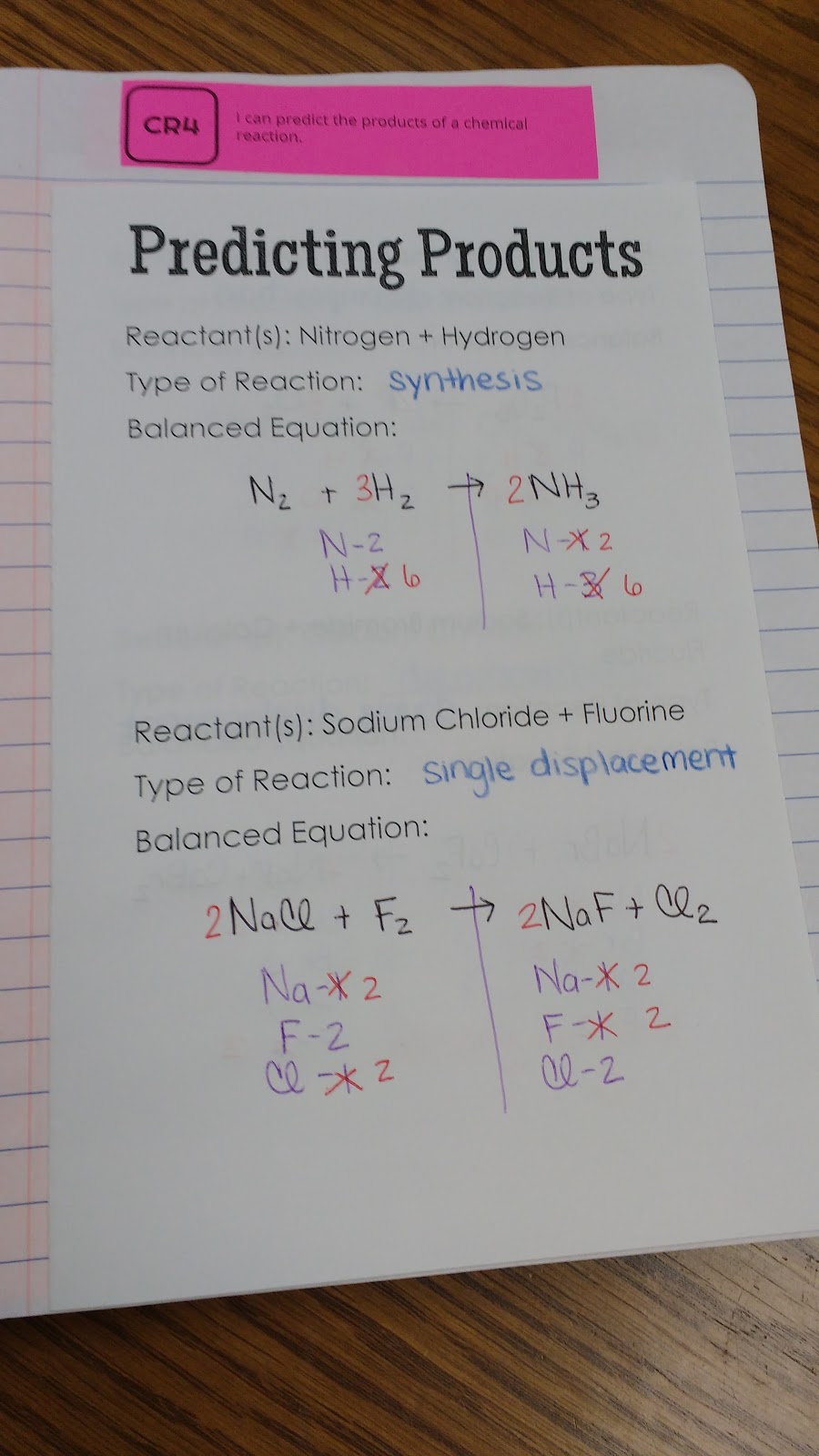
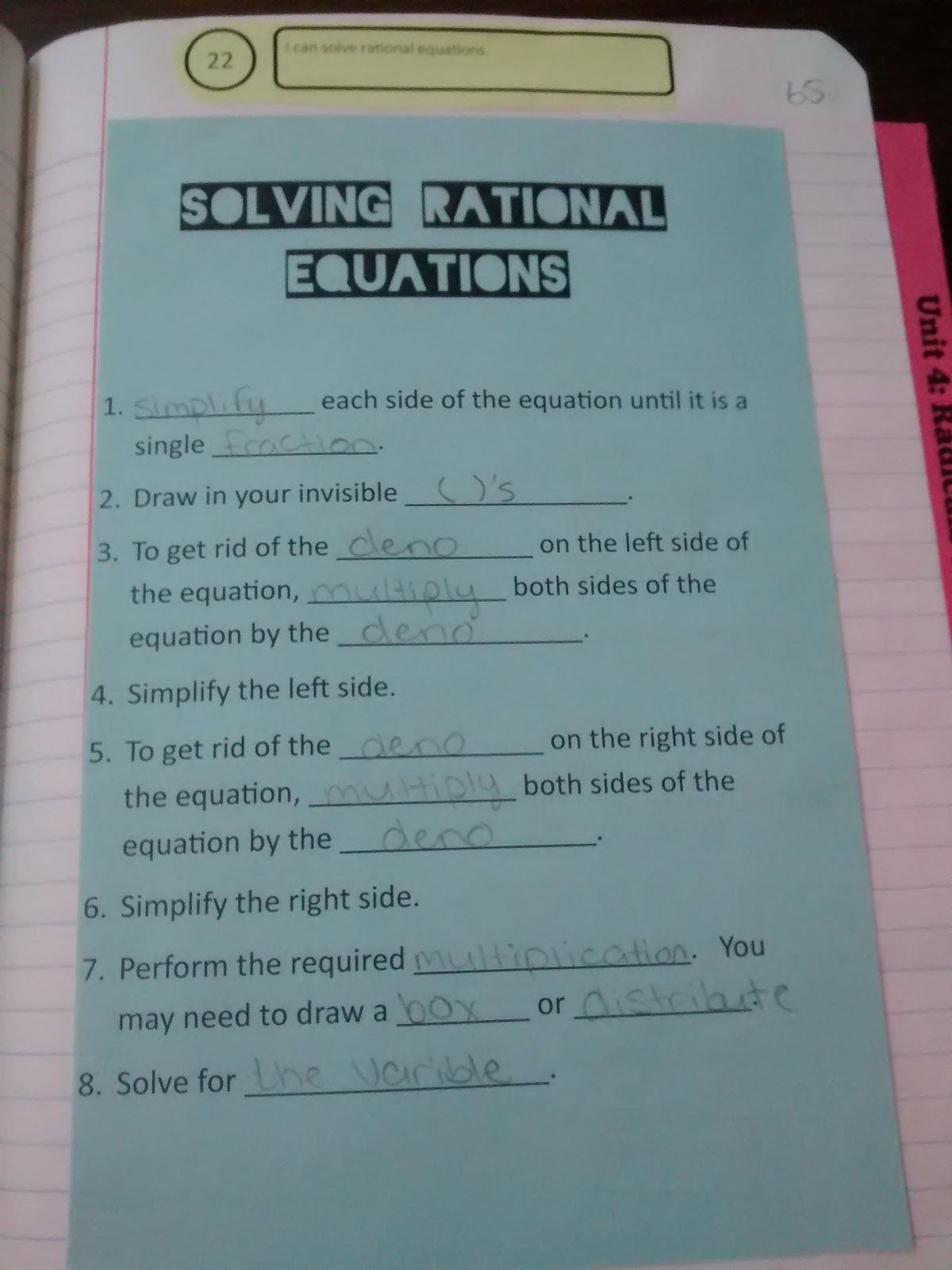
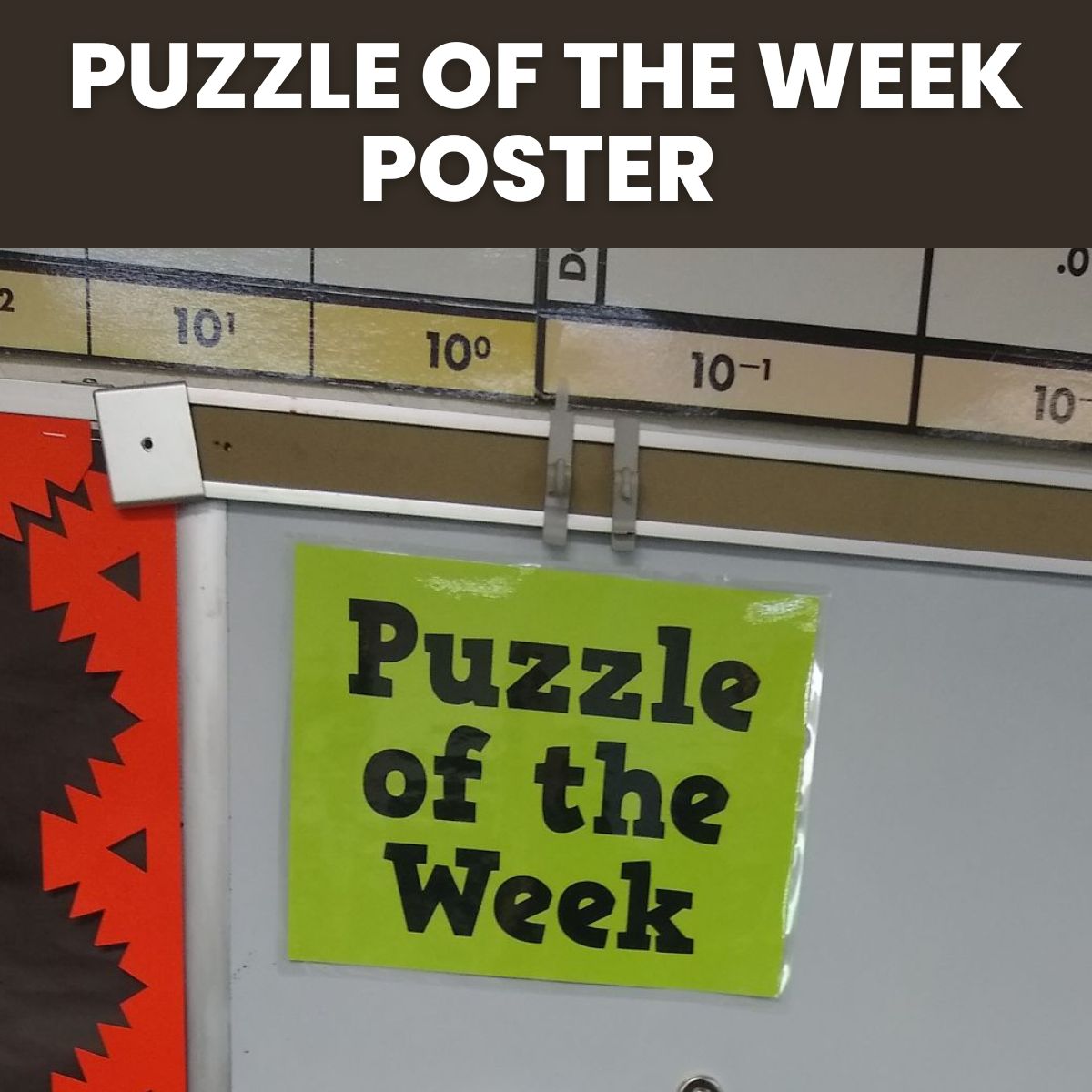
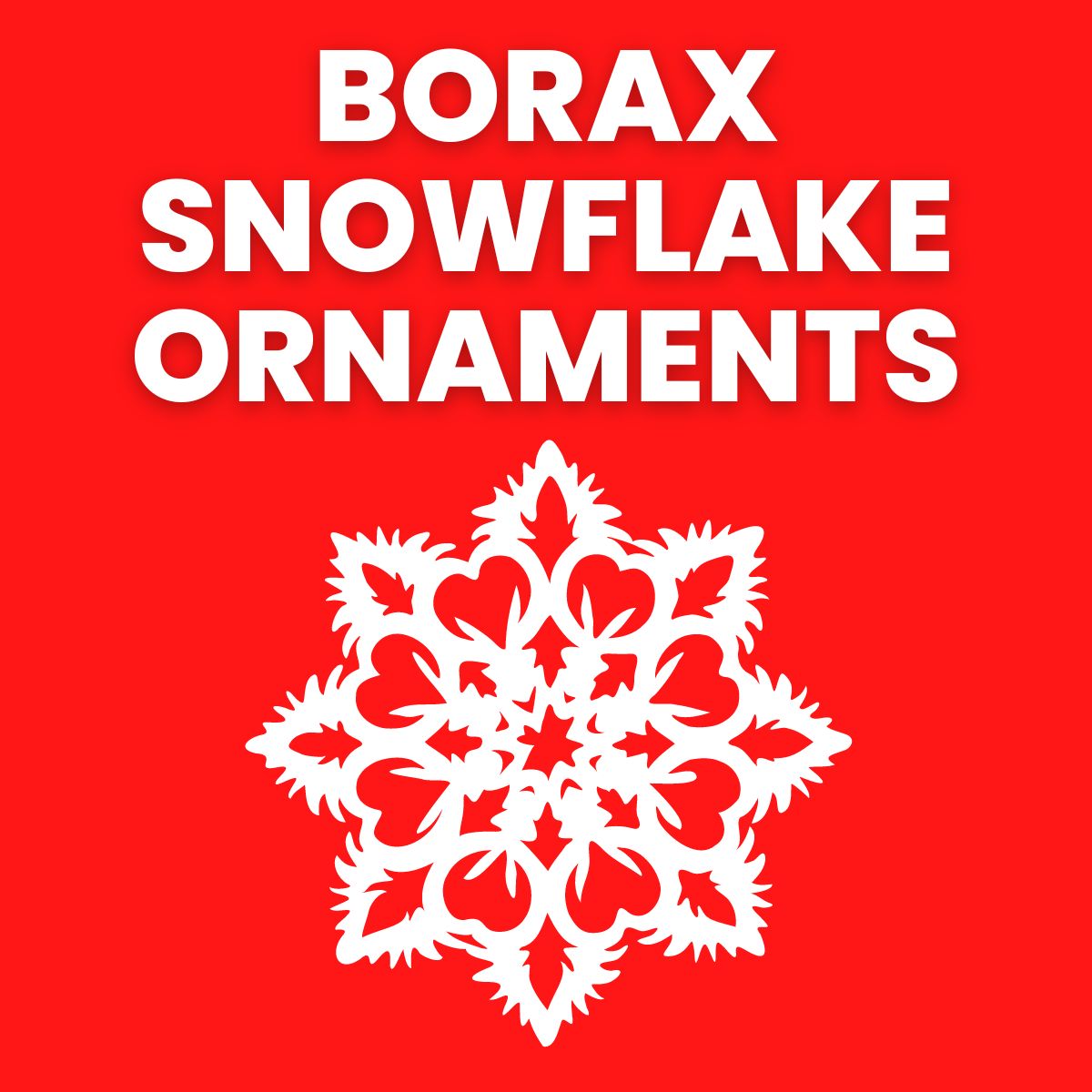
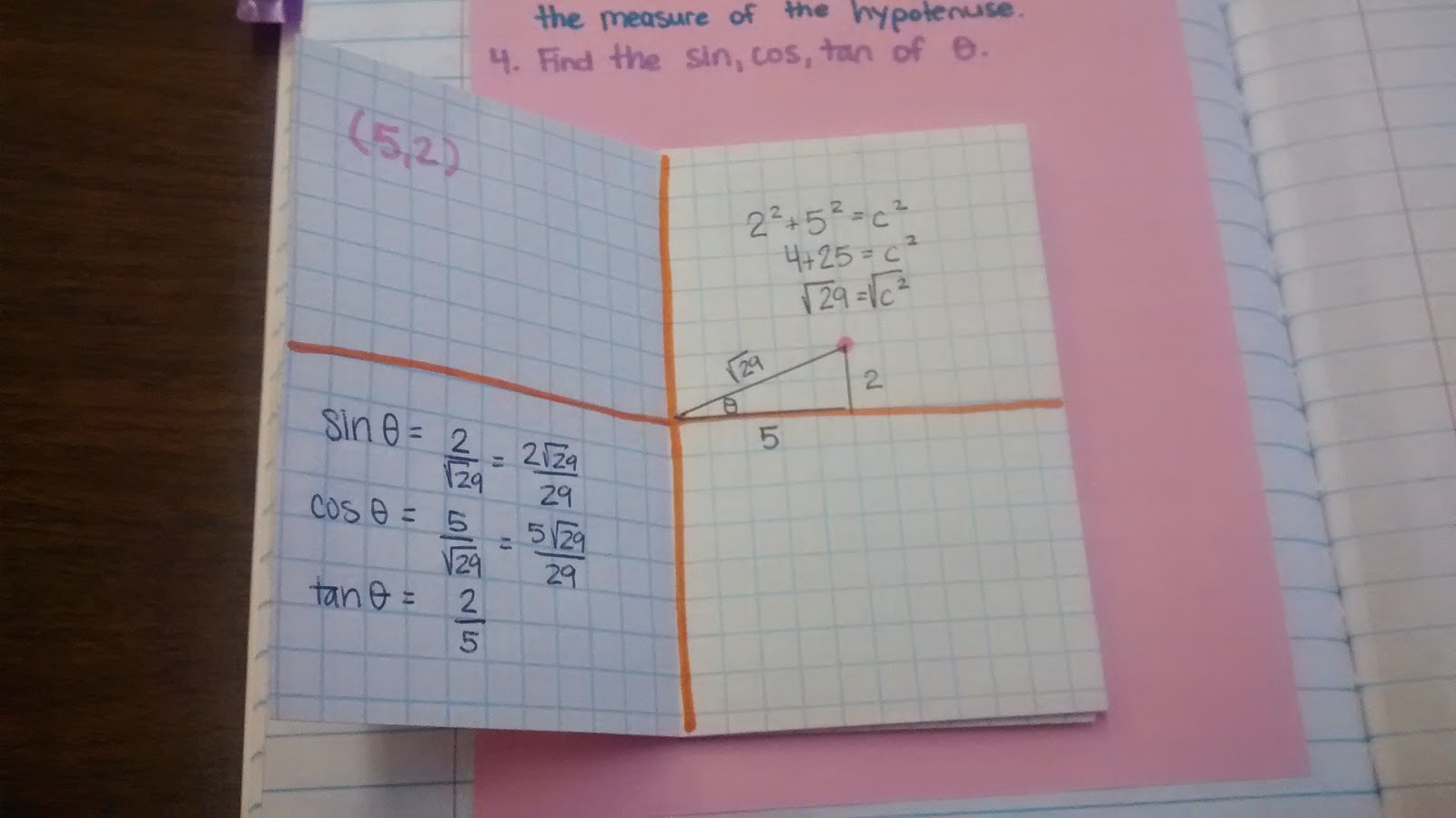
A-MA-ZING! I've done a similar set-up, but this just takes it to a whole other level. The cups… The colors… The scenarios… I wish you had been my math teacher!! I may just a start incorporating a few of those elements in my group work. 🙂
Thanks Lacey!